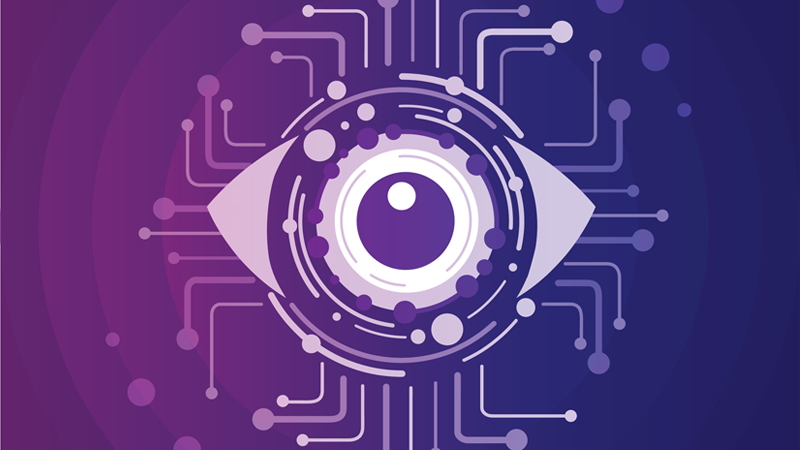Artificial intelligence (AI) has been infiltrating the finance industry over the last decade. Typically, due to strict regulation and data privacy barriers, industry incumbents have been resistant to change. However, as Fintech companies continue to grow in prominence, even the longest standing firms see the enormous benefits of AI innovations.
Banks and other financial services already use applications such as machine learning and natural language processing to enhance their operations. Increasing computing power, better connectivity, cloud platforms, and data on the edge (edge computing) are starting to take institutions to the next level.
Applications of Computer Vision in Financial Services
There are several ways in which computer vision is being deployed in financial services.
Document Extraction
Financial firms are often swamped with large numbers of incoming paper documents and forms typically administered by human workers.
Know Your Customer (KYC)
Lots of banks uses face recognition to confirm the identity of customers when submitting a photo ID. During a video call, customers can open an account using their smartphone, eliminating the need for manual verification. The KYC process is reduced from hours to minutes, thanks to computer vision technology.
Supporting a Cashless Society
Computer vision is helping financial firms as consumers continue to favor digital payment channels.
Reducing Fraud
Computer vision techniques like facial recognition and retina scanning can help financial institutions to improve security procedures and reduce the risk of fraud.
Capital Markets
With a vast amount of geospatial data becoming available in recent years, computer vision technology can track activity at very granular levels.


















